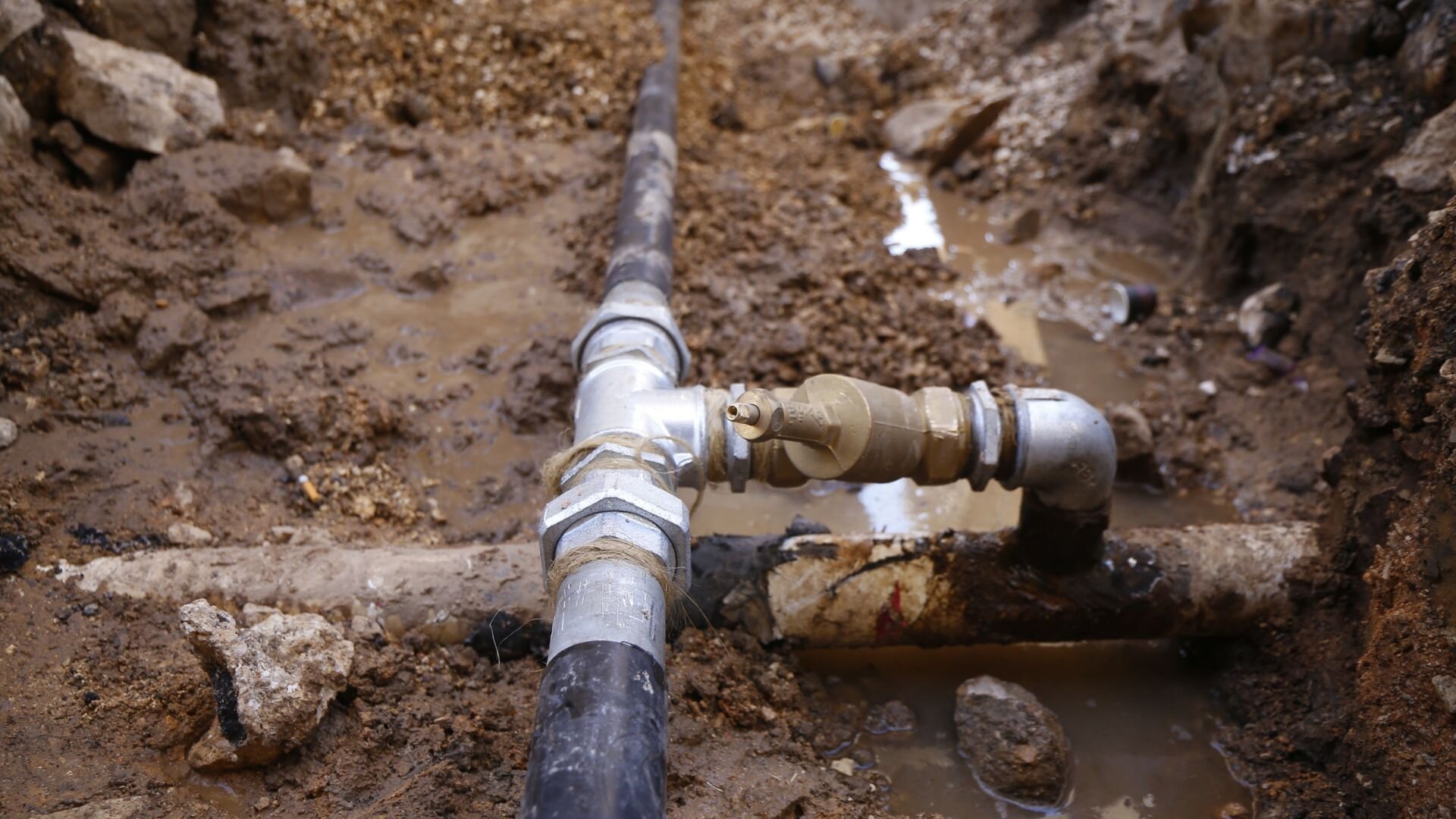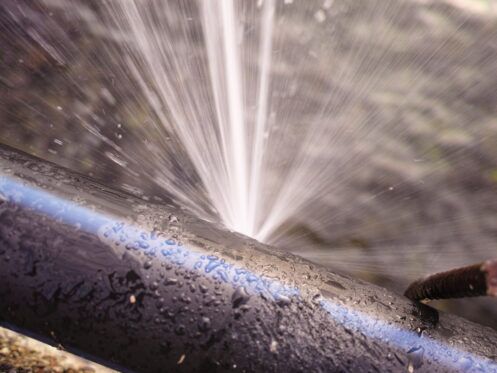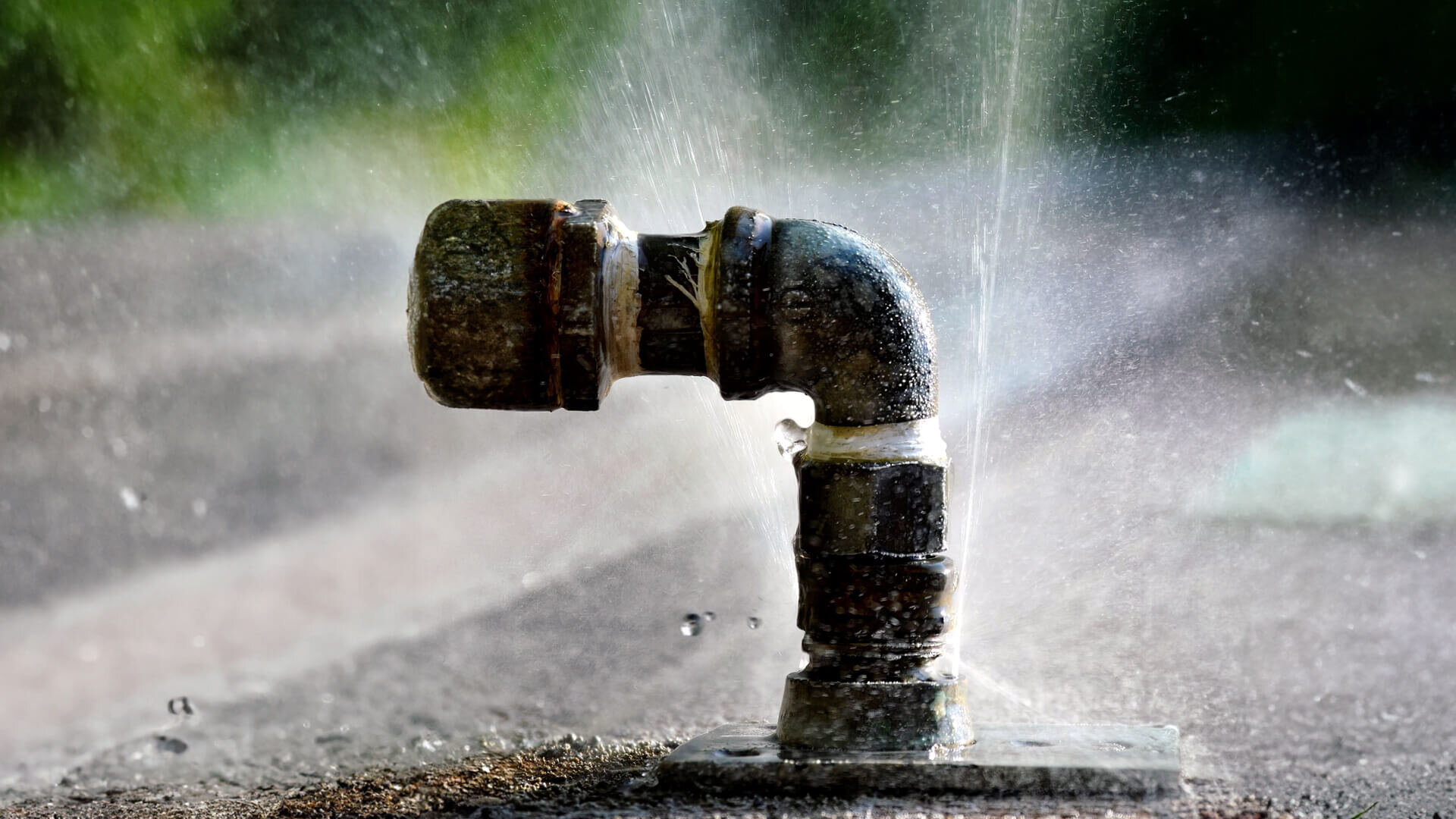What to Do When a Burst Pipe Causes Water Damage in Your Home
What to Do When a Burst Pipe Causes Water Damage in Your Home
Blog Article
Stopping Burst Water Lines: Essential Tips to Shield Your Plumbing
Preventing burst pipes is a vital issue for homeowners, especially throughout colder months when the danger of freezing is heightened. Applying strategic procedures such as correct insulation, routine inspections, and preserving consistent indoor temperature levels can significantly reduce the possibility of pipeline failing. In addition, recognizing emergency situation treatments outfits homeowners to respond swiftly to prospective pipes issues. Nonetheless, several are uninformed of the certain vulnerabilities that their pipes may face. Checking out these vulnerabilities can give vital understandings right into guarding your plumbing system effectively.
Understand Pipeline Vulnerabilities
Understanding pipeline vulnerabilities is essential for efficient pipes maintenance and stopping costly damages. Numerous aspects add to the sensitivity of pipelines to bursts, including product structure, age, and ecological conditions. Older pipes, particularly those made from galvanized steel or polybutylene, typically deteriorate with time, bring about enhanced threat of ruptures and leaks.
Temperature level fluctuations can likewise considerably effect pipe stability. In chillier climates, water caught in pipes can freeze, putting in and broadening stress on the pipe wall surfaces, which might eventually lead to a burst. Moreover, high water stress can stress pipelines, specifically at bends and joints, increasing the probability of failing.

Insulate Pipeline Effectively
Correct insulation of pipelines is important for protecting against freezing and succeeding ruptureds during cool climate (burst pipe). Protecting your plumbing system successfully safeguards against temperature goes down that can lead to costly damages. Begin by identifying at risk locations where pipelines are exposed to outdoor temperature levels, such as basements, attics, and exterior walls
Use foam pipeline insulation sleeves or wrap insulation tape around these locations to supply a protective obstacle. Guarantee that all areas of the pipes, particularly those with limited warm direct exposure, obtain ample insulation. Pay special attention to joints and installations, as these are much more vulnerable to freezing.
When insulating, it's necessary to select materials that satisfy local building codes and are appropriate for the details setting. As an example, fiberglass insulation is often advised for its thermal resistance homes - burst pipe. In addition, think about making use of warmth cables or tape in severe problems, which can be plugged in to supply supplemental warm
Regularly evaluate insulated pipes for any signs of wear or damages, as jeopardized insulation can lessen its performance. By taking these aggressive actions, you dramatically minimize the danger of pipeline bursts, making certain a trusted plumbing system throughout the winter season.
Maintain Consistent Temperature Level
A stable indoor temperature level is necessary for stopping burst pipes throughout the icy months. When temperature levels decrease, water within pipelines can ice up, developing and broadening stress that may eventually trigger the pipes to ruptured. To mitigate this danger, homeowners must preserve a consistent temperature throughout their home, ideally no less than 55 ° F(13 ° C)Using a programmable thermostat can help handle interior temperatures successfully, guaranteeing that areas with plumbing continue to be warm even when your home is empty. Pay special interest to locations that are much more at risk to cool, such as attic rooms, garages, and basements. Keeping closet doors open under sinks can likewise enable warmer air from the home to circulate around pipes.
Furthermore, it is prudent to enable taps to leak a little throughout extreme cool spells. This small flow of water can stop freezing by easing stress within the pipes. Additionally, during particularly serious weather occasions, take into consideration briefly suspending any nighttime obstacles on your thermostat to keep a steady warm atmosphere. By applying these techniques, homeowners can dramatically decrease the risk of pipeline ruptureds and safeguard their pipes systems versus the harsh wintertime aspects.
Routinely Inspect Pipes
Normal assessments link of pipes systems are critical for protecting against ruptured pipelines and keeping total home integrity. Regular checks allow property owners to identify prospective problems prior to they intensify right into costly fixings or major water damage. Throughout these evaluations, it is vital to take a look at noticeable pipes for indicators of deterioration, leaks, or put on. Pay unique focus to areas susceptible to cold, such as basements, attic rooms, and exterior walls.
In addition, inspecting joints and links is essential, as these points are frequently at risk to leakages. Homeowners should additionally analyze water pressure levels, as extreme stress can strain the pipes system and enhance the threat of pipeline bursts.
Think about scheduling expert pipes inspections at the very least yearly, specifically prior to winter, to guarantee your system is prepared for colder temperature levels. Routine examinations not just aid in determining instant worries however additionally foster long-term maintenance techniques that can enhance the lifespan of your weblink plumbing system. By being positive in your method, you can protect your home against the pricey and turbulent effects of ruptured pipelines. Prioritizing plumbing inspections is an investment in your home's health and safety and security.
Know Emergency Situation Procedures
Comprehending emergency treatments is vital for every house owner, specifically after conducting regular pipes inspections. Being planned for a plumbing emergency can considerably minimize damage and conserve expenses. Situate your main water shut-off valve; it is typically discovered near the water meter or where the major line enters your home. Familiarize on your own with its operation, as shutting down the water system promptly can stop comprehensive flooding.
Following, keep crucial tools useful. A plumbing emergency situation kit ought to consist of a wrench, bettor, and towels, along with a flashlight and a bucket for small leaks. Additionally, take into consideration having the get in touch with info for a trusted plumbing professional conveniently available, needs to the scenario click to read more rise past your control.
If you discover a leak or burst pipe, quickly switch off the water system and inform your plumbing technician. Document the damage with pictures for insurance policy functions. Be mindful of the indicators of prospective plumbing problems, such as uncommon water stress fluctuations or damp spots on wall surfaces
Eventually, positive knowledge and swift activity are important in handling plumbing emergency situations, ensuring your home continues to be safeguarded and lessening prospective damages.

Verdict
In verdict, protecting against ruptured pipes necessitates a multifaceted strategy that consists of understanding pipeline susceptabilities, appropriate insulation, preserving consistent indoor temperature levels, normal assessments, and understanding of emergency treatments. By applying these necessary methods, the danger of plumbing failings can be significantly reduced, thereby making certain the long life and efficiency of the pipes system. Aggressive procedures not just protect versus prospective damage but likewise add to general water preservation and the protection of building.
In colder environments, water caught in pipes can freeze, exerting and increasing stress on the pipe wall surfaces, which might eventually lead to a burst. When temperatures decrease, water within pipelines can freeze, expanding and creating stress that may inevitably trigger the pipelines to burst. By implementing these strategies, homeowners can substantially lower the risk of pipe bursts and safeguard their plumbing systems against the harsh winter months elements.

Report this page